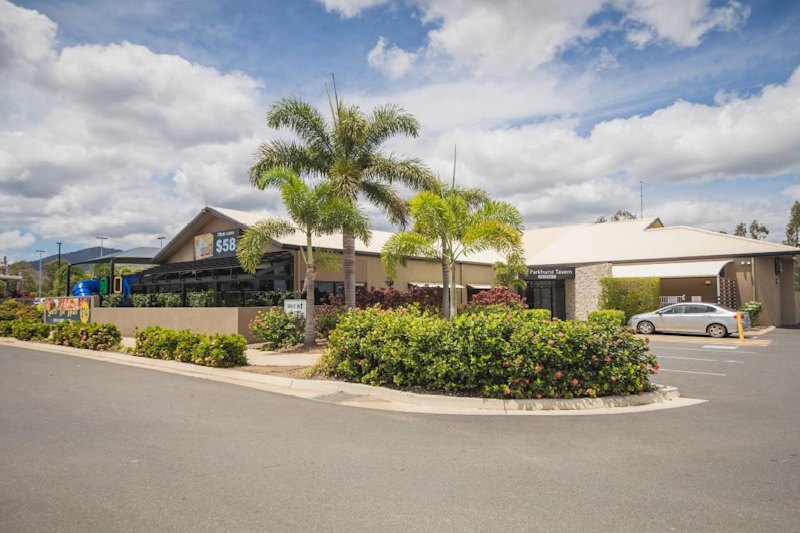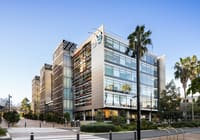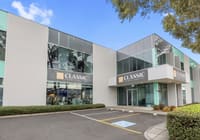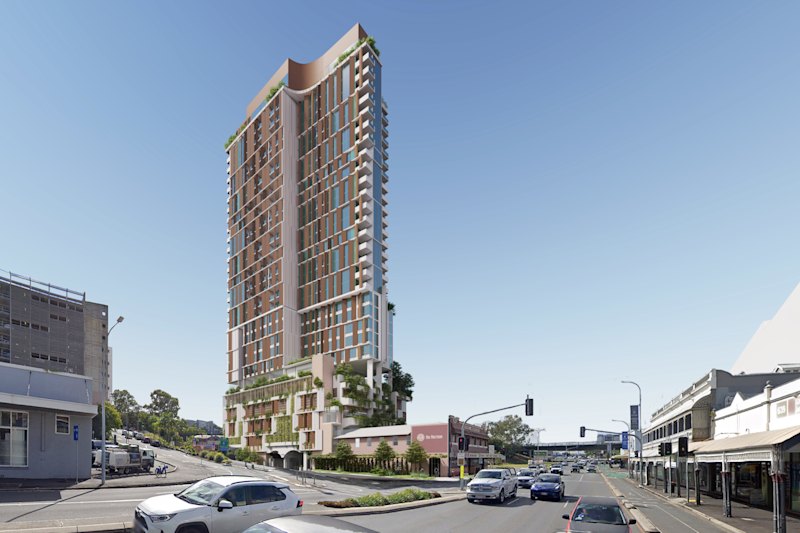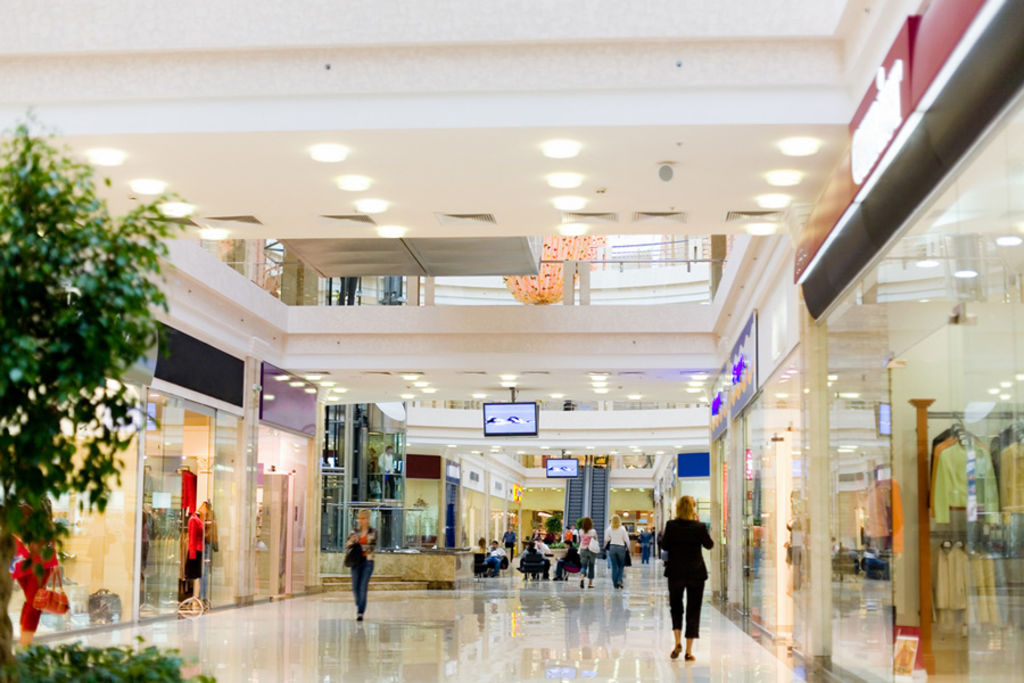
2015: Property market outlook
Timing your investment is critical if you want to maximise your return and reduce your risk.
Keeping a close eye on key performance indicators will tell you where each sector is up to in the property cycle.
Let’s examine the current indicators in each sector.
Commercial property market
The economy significantly affects commercial property so, broadly speaking, when the economy is strong, demand tends to be stronger and vacancies lower.
Australian commercial property markets are generally providing favourable returns for investors right now. According to the Property Council of Australia, the commercial market delivered a total return of 10.6 per cent last year and is thought to be in ‘slow upswing mode’. The favourable returns are reflective of ongoing compression in cap rates due to stronger capital returns. A strong outlook is expected over the next two years, particularly for industrial and retail in Sydney, Melbourne and Brisbane. The medium-term forecast is less encouraging; by 2018 the market looks likely to begin a downturn.
Industrial market
According to Colliers’ Industrial Research and Forecast Report 2015, the volume of investment in industrial property in 2014 reached $6 billion, the highest level ever recorded. The low Australian dollar was a positive influence on the industrial sector as it relieved pressure on exporters.
In the year to March 2015, industrial real estate showed the best annual return, at 12.4 per cent. During this period, Sydney prime capital values increased by 16 per cent, Brisbane values were up 13.1 per cent and Melbourne values increased by 7.6 per cent.
The strong demand has pushed rents downwards, driving down yields across all quality types in Sydney, Melbourne, Brisbane and Perth. Prime yields are just under 8 per cent.
Strong sales conditions are expected to persist over the next 12 months, with yields expected to firm as investor demand continues. However, industrial output growth in the next 12 months should result in rental growth in the latter half of 2016, driven primarily by the transport and logistics sector.
Higher levels of supply, particularly in Brisbane, Melbourne and Sydney, are creating positive conditions for tenants, with incentives increasing, particularly in Melbourne and Perth. Brisbane should follow suit over the next 12 months. Knight Frank’s Sydney Industrial Market Overview, May 2015 shows Sydney should buck this trend, as vacancy levels tighten, prime net face rents increase and supply levels remain moderate.
Last year, private owners showed the highest level of divestment of industrial property ever recorded, which could indicate the market is close to its peak.
Retail market
In 2014, retailers had their strongest year since the global financial crisis – particularly for food, household goods and speciality retail – with retail turnover up 5.4 per cent, according to CBRE’s Australia Retail Marketview Q1 2015. Retail sales are expected to continue to grow steadily this year at 4 to 5 per cent, largely due to rising house prices facilitating consumer spending, says Fairfax senior economist Andrew Wilson, Western Australia, Queensland and the Northern Territory have experienced slower growth than the other states as the resources sector dries up, influencing consumer spending.
With this growth in spending, occupancy levels and demand for retail floor space are expected to rise this year, supporting asset values and yields. According to Wilsons’s National Prime Commercial Supply Report, supply is trending down across the states. Overall, demand should continue to outweigh supply. However, the sector has seen strong yield compression at 1–1.25 per cent across the board.
Retail property owners are generally in a strong position as increased spending drives up occupancy rates. The rent cycle is on the upswing. Although the lower Australian dollar makes rental increases more difficult, improved sales turnover should see rents increase in the next 12–18 months.
Australian retail property returned 10.7 per cent last year (6.7 per cent income growth and 3.8 per cent capital growth), the highest level since 2011.
Office market
Vacancies reached highly undesirable levels across the country last year, averaging 10 per cent, with the sector’s overall return also at 10 per cent, the lowest of all key commercial sectors.
The office forecast varies from state to state. The Property Council’s latest Office Market Report says vacancies in Sydney and Melbourne should remain stable over the next two years, at 7–8.5 per cent. On the other hand, the former resources-driven markets of Perth and Brisbane have a bleak outlook. Soaring vacancy rates – with Perth reaching 19.8 per cent by January 2016 and Brisbane reaching 18.4 per cent by January 2017 – will force a high level of incentives. Demand and rents will weaken in Perth although rental growth may strengthen in Brisbane in 2017. Darwin and Hobart will also experience a spike in vacancy rates and a decrease in rental growth over the next two years.
Unfortunately, it will be a tenant’s market almost nationwide in the short term. Supply additions this year will only exacerbate vacancy problems. Overall demand is expected to remain patchy, and rental growth should remain below three per cent over the next few years.
There is a significant variation in residential property price growth across the major capital cities. According to research from RP Data, Sydney and Melbourne have had a surge in capital growth over the past two years, with Sydney recording 15 per cent growth year on year as of May 2015, and Melbourne reaching 9 per cent. Other cities were more subdued, with Brisbane experiencing 3.1 per cent growth, Adelaide 3.4 per cent and Perth just 0.7 per cent. Property in Canberra, Hobart and Darwin showed little or negative growth.
Rental rates are rising at the slowest rate in over 10 years, with an average national increase of only 1.7 per cent in the year to January 2015. Yields have compressed with capital city houses reaching 3.6 per cent and units 4.5 per cent.
Andrew Wilson expects to see further interest rate cuts this year; it is the ongoing low interest rate climate that is expected = to continue to underpin the residential market. Reduced housing affordability, weak rental yields and tighter lending conditions, however, may start to counterbalance this. The forecast for this year is significant growth in Sydney (11–15 per cent), Melbourne (7–13 per cent) and Brisbane (7–11 per cent), moderate growth in Adelaide and Hobart (5–8 per cent) and continued slow growth for the other capitals.
From next year, however, transaction volumes are expected to slow nationally, and rental yields will decline further, reducing investor demand. By 2017, growth across all capital cities is likely to be extremely subdued.

